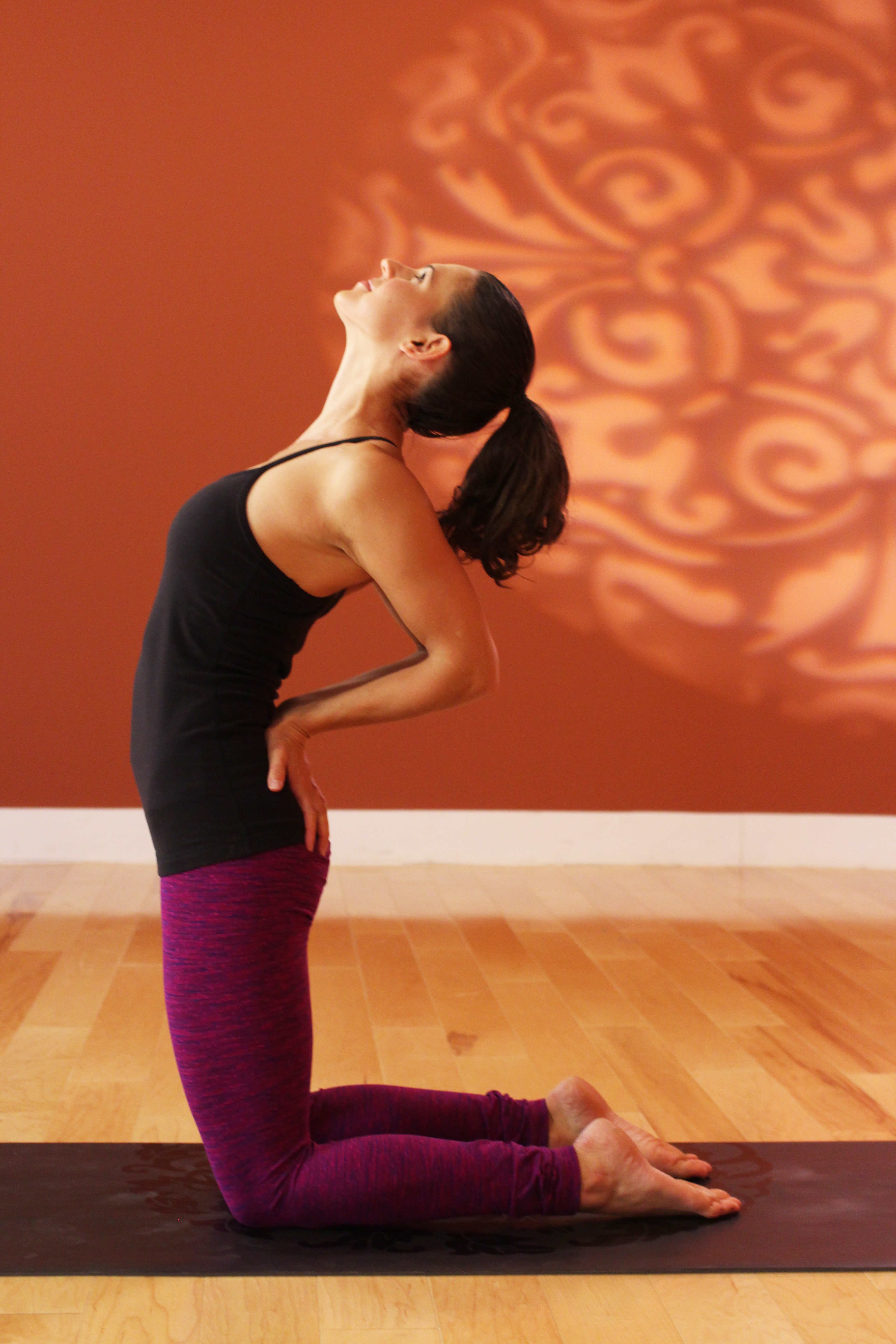
Setubhandhasana/Setu Bandha Sarvangasana or the Bridge Pose It is great for migraine as the blood flows through the spine to the brain,” says Acharya Advait Yogbhushan.ģ. “This asana strengthens and lengthens the spine. To come out of the post, slowly release your hands from your back and bring your feet flat on the ground.īenefits: It helps to reduce stress, calm the mind and improves your digestive process, all of which has an amazing effect on your skin. Slowly and gradually, try touching your feet to the ground behind. You can also bend your knees if you’re losing balance. For added support you can place your hands on your lower back. Take a deep breath in and with that exhale, press your palms into the floor and raise your legs towards the ceiling.

Method: Lie on your back with your palms facing the ground. It is great to be practised to avoid migraine as it channelizes the blood flow in the lower body.” It calms the brain and eases fatigue while improving circulation of blood and toning the abdominal organs.Īcharya Advait Yogbhushan shares, “This asana works on opening the hip muscles and stretches the hamstring and the lower back. Fold deeper, bringing your head toward the floor.īenefits: This wide-legged standing forward bend is a good warm-up for other wide-stance standing poses as it stretches the backs of the legs and the inner groins. With your legs and spine intensely stretched, inhale, lift your chest up tall through your whole torso and fold slowly over your legs.īegin to stretch your torso forward by placing your hands flat on the floor and keeping them shoulder-width apart. Method: Keep a parallel distance of about 3 to 4 feet between your legs and place your hands on your hips. Prasarita Padottanasana or Wide-Legged Forward Bend (Twitter/CorePowerYoga) Prasarita Padottanasana or Wide-Legged Forward Bend He offered, “One must take precautionary measures and practice yoga regularly to see significant relief in the migraine.”Įxperience migraine or throbbing headaches often accompanied by vomiting and nausea? Acharya Advait Yogbhushan reveals 4 Yoga asanas to relieve people from the discomfort of chronic disorders that can benefit them in the condition of migraine.ġ. Listing various factors that contribute to the condition, Acharya Advait Yogbhushan highlighted some common causes of migraines such as family health history, emotional triggers such as stress, anxiety, depression, dietary choices such as alcohol, tobacco, etc. He adds, “Relief can be surely sought in this condition with the help of Yogic practises as an aligned practice will open all blockages in the body and will ensure the proper flow of blood and oxygen.” Longer working hours and a kyphotic back causes compression on the lungs blocking the proper flow of oxygen in the body.” The oxygen flows to the brain with blood. According to Spiritual Yoga Guru and Sacred Sciences Teacher Rajesh Singh Maan or Acharya Advait Yogbhushan as he is popularly known, migraine is a sign of lack of oxygen in the brain.Īcharya Advait Yogbhushan explains, “Your brain uses the most of oxygen consumed, to regulate the functioning of the nervous system.

Given the present lifestyle choices, migraines are becoming a common condition nowadays that include symptoms like throbbing headaches which are often accompanied by vomiting and nausea and also causes sensitivity to light or a partial loss of vision. Known to be one of the most common causes of headaches that aren’t completely understood, migraine affects one in seven people worldwide, as per the website of World Federation of Neurology and it is the most common brain disease. From reducing stress, anxiety and depression with its asanas that involve poses, meditation and breathing exercises to helping provide relief in burnouts, thyroid disorders, bridal glow and even traumas, researches and Yogic experts belief that the ancient Indian practice of Yoga can also help with migraines.


 0 kommentar(er)
0 kommentar(er)
